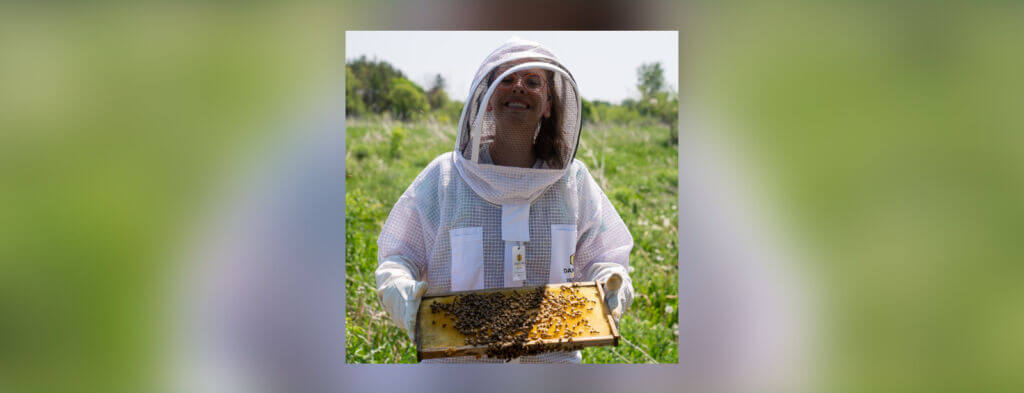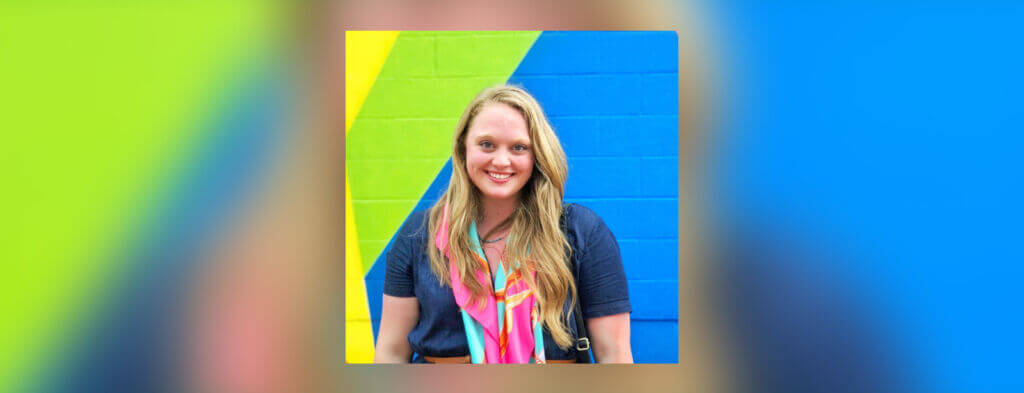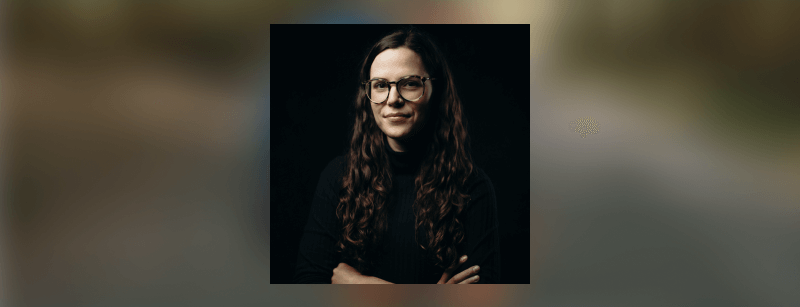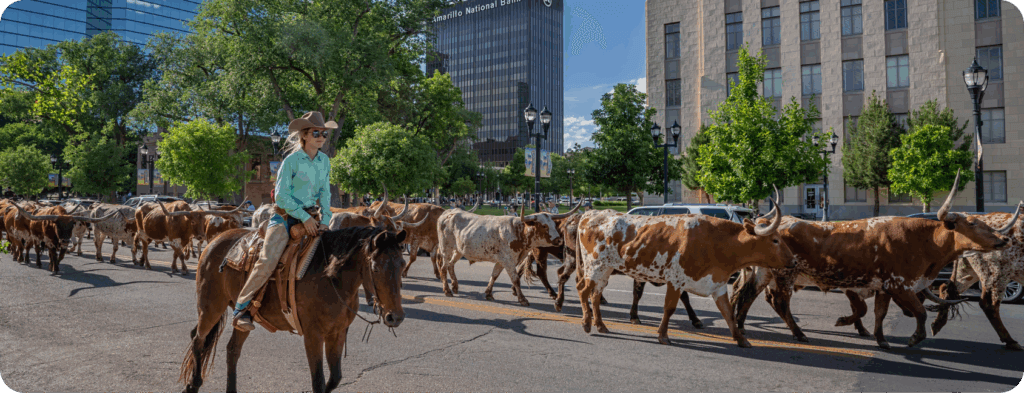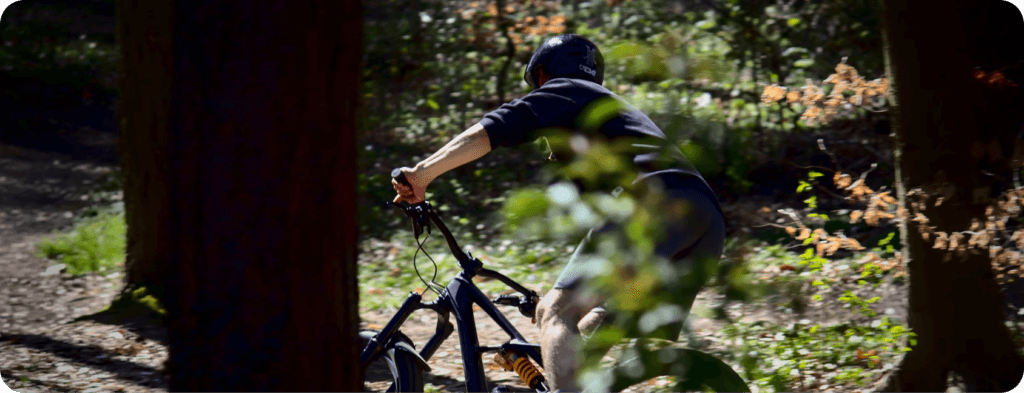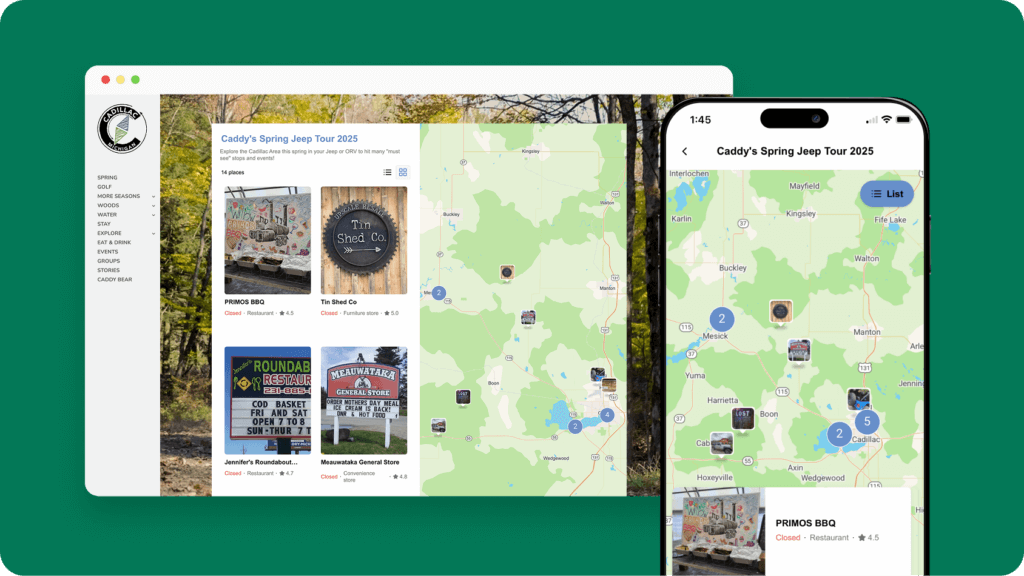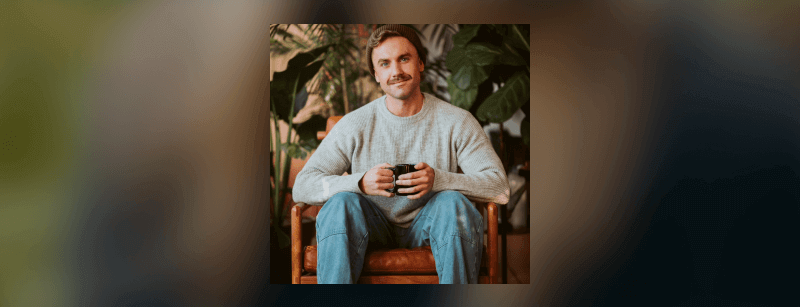
When Indiana Tourism came up with the idea for The 20 IN 20, they didn’t expect a global pandemic to halt worldwide travel.
The campaign was meant to attract travelers by releasing 20 lists of 20 things to do throughout the year. Each list would have a topical theme and would encourage travelers to visit at least 20 of the attractions throughout the year. It launched on January 1, 2020.
But the pandemic didn’t stop their plans. CrowdRiff allowed them to pivot and drive record-breaking engagement as they modified the campaign with a more local-focused approach.
“I’m not sure the campaign would have happened without CrowdRiff,” says Kyle Johnson, Digital Communications Specialist, Indiana Tourism. “The ability to quickly sort through our existing imagery and find new user-generated content made a project of this size possible.”
We sat down (virtually) with Kyle to learn more about the role CrowdRiff played and the campaign’s success. But first, a little more about the campaign…
Visit Indiana’s The 20 IN 20
The 20 IN 20 was a series of lists on must-see, must-do Indiana experiences. With 400 attractions or things to do, 92 counties were represented in the lists. The campaign had several goals:
- Drive media interest
- Garner consistent coverage throughout the year
- Drive different types of travel
- Encourage traveler engagement
The lists were published on a custom microsite that included CrowdRiff Galleries of UGC. Each list also had a dedicated blog post that provided more detail on each location and a link to the destination’s website. Organic and paid posts on social media helped drive traffic to the microsite.

After pausing the campaign for two months due to the pandemic, they made adjustments to the lists to include destinations that would allow social distancing and keep people safe.
By the end of the year, the campaign generated:
- 13M impressions, 589,732 engagements, and 353,589 sessions (organic, earned, and paid)
- 761% increase in media exposure compared to last year
- 151M people potentially reached from news coverage
What was CrowdRiff’s role in the campaign?
KJ: Putting together nearly 2000 social posts and 400 different things to do in our state with a group of two people working on the content and one person who does our communications and PR—it just wouldn’t have been feasible without CrowdRiff as a tool.
The campaign generated over 13M impressions. About 8.5M of those were on Instagram. So user-generated content played a huge role for us.
The campaign was a huge part of seeing year-over-year increases on social media, total social impressions, web traffic, and web engagements—even in a year where we saw a dramatic decrease in our campaign spending.
Our organic increases across the board helped us make up for huge decreases in paid numbers from 2019 to 2020.
How did CrowdRiff allow Indiana Tourism to quickly pivot the campaign?
KJ: CrowdRiff helped us quickly sort through existing content, figure out our needs, and fill those holes with user-generated content. We were able to quickly swap out our plans for lists that wouldn’t work in the COVID-19 environment. We were planning for a list of live music, a list of festivals, and so on, and we switched those for lists on drive-in theaters, public art, and similar socially-distant activities.
CrowdRiff allowed us to organize and divide and conquer the content for each list—even in an environment where our team was never in a room together for months at a time.
We could create folders in CrowdRiff and look at them together and say, you know what, I think we need a better photo or angle for this. Then we would search our rights-approved photos and go from there.
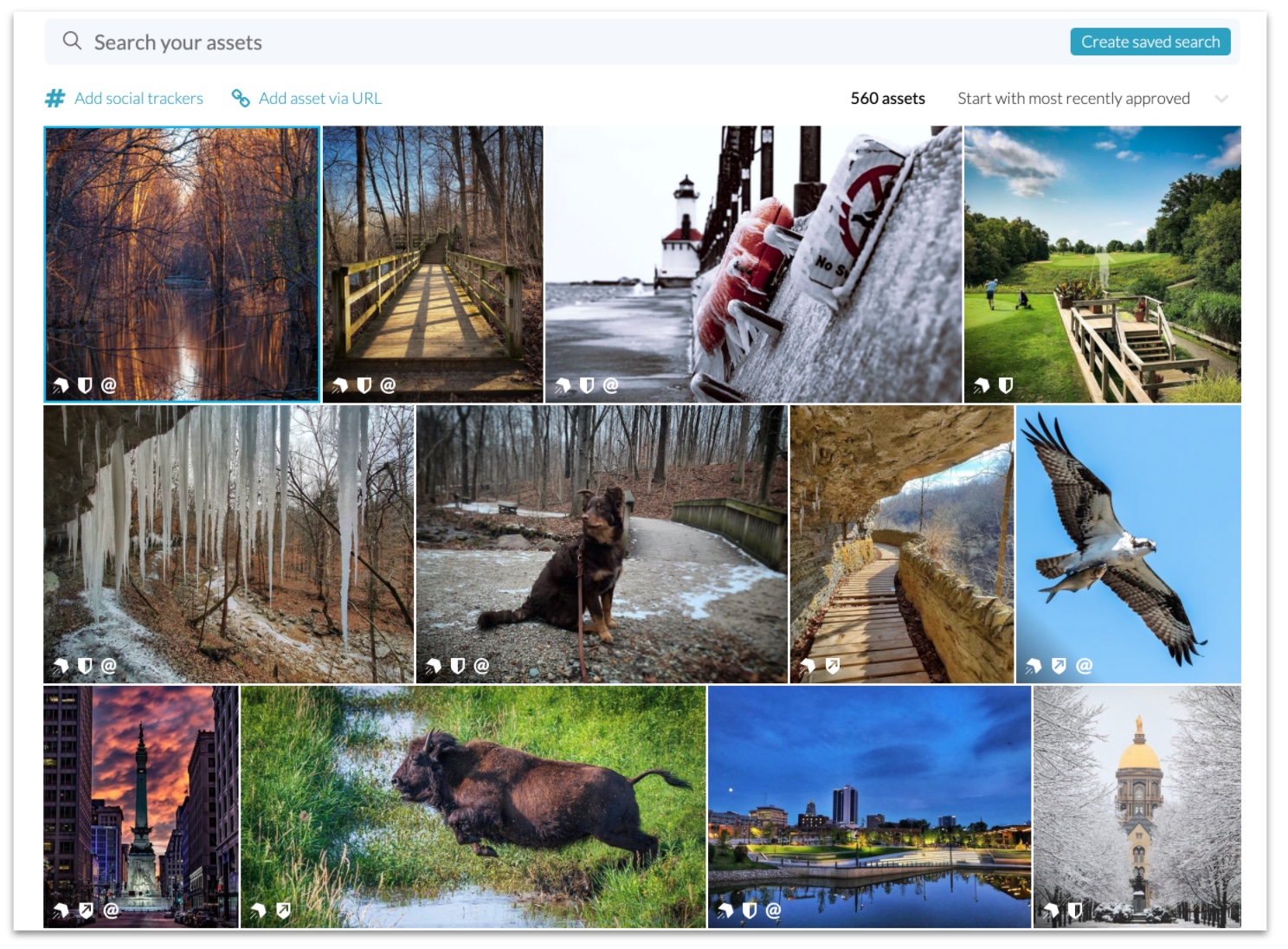
CrowdRiff really made us so much lighter on our feet because we could figure out, do we have enough content for a list of 20 on this?
How did CrowdRiff drive interest to each destination and destination’s website?
KJ: The beauty of the campaign, which we didn’t intend from the onset, was that we could promote Indiana destinations without driving large crowds to one place.
For every list of 20, we created a CrowdRiff Gallery and embedded it on the top of the blog post. It featured one or multiple photos from each of the 20 things on the list with calls to action. That enabled the user to click from the Gallery either to more content on our site or content on our partner destinations websites’ for each of the lists.
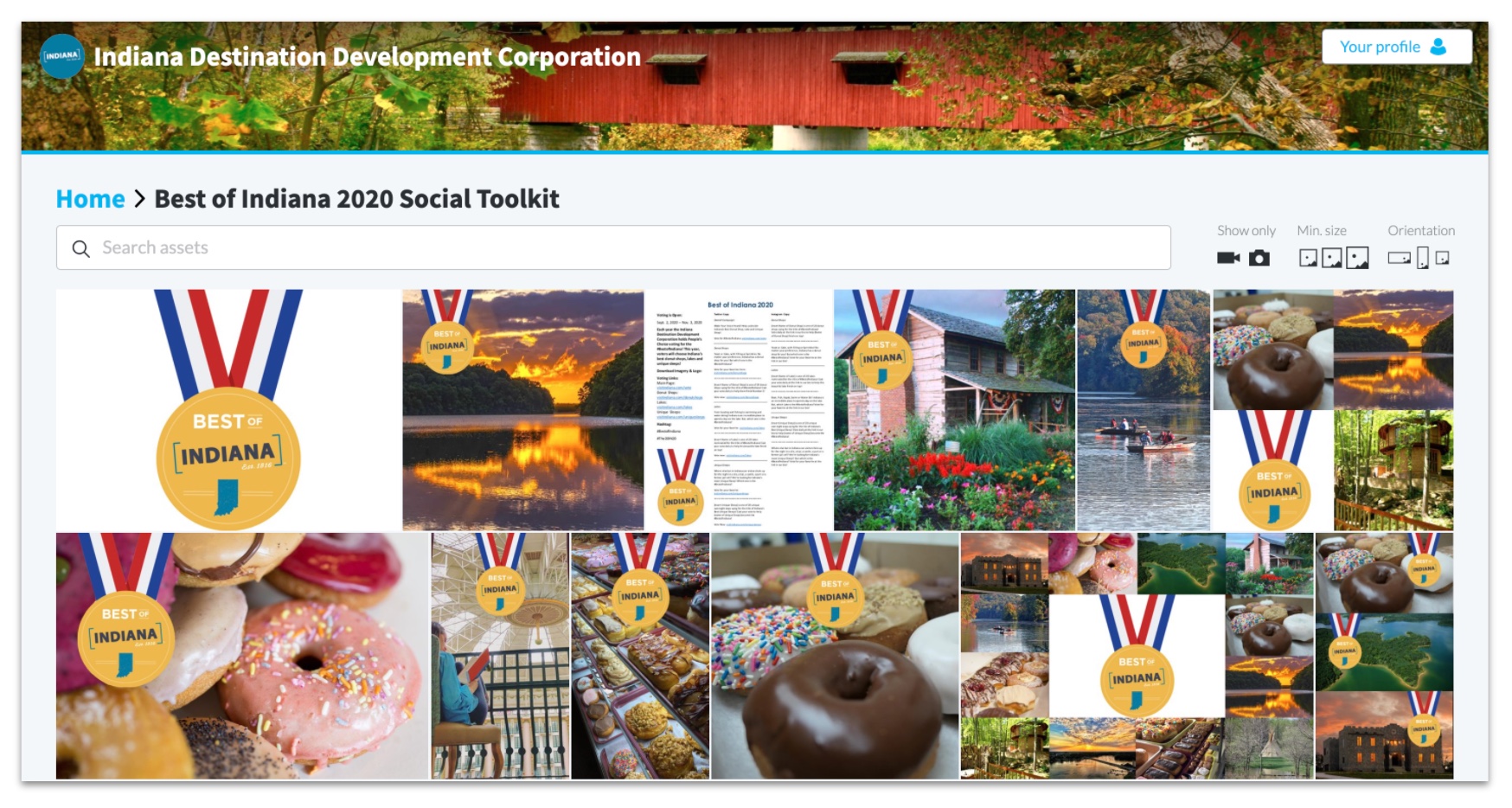
We also created Media Hub folders as toolkits that included images for all of the destinations as well as logos for the campaign. That made it a little easier for our partners to promote the campaign because they could quickly access and download all of that content.
How has CrowdRiff changed your role as a digital communications specialist?
KJ: Since we joined CrowdRiff, it has made my life a lot easier to schedule social posts. We went from scheduling a post a day on Instagram to two a day in addition to a Story every day.
The ability to collect photos and search through our existing Galleries and figure out what content is going where is a much smoother process with CrowdRiff.
It also has made us think more about the user experiences on the website and trying to create web pages and content that are much more engaging, like adding Galleries with calls to action.
Can you measure any improvements in productivity since using CrowdRiff?
KJ: We’re more likely to take on bigger tasks like The 20 IN 20 or the passport programs because we have a system in place where we can handle promoting things like that and turning out content on all of our channels.
We can quickly create interactive Galleries on the website. We can quickly put together a Media Hub folder for a campaign toolkit. We can quickly search and find images or videos to use for our campaigns.
The things that we used to have to rely on our agency to do, we can do quickly in-house. The fact that we’re thinking bigger definitely shows that we’ve seen those reduced costs and improved productivity come to fruition.
How are you planning on using UGC to attract domestic and regional visitors in the coming year?
KJ: We launched a campaign this week called Hoosiers By Choice. It features first-person narrative videos submitted by people in our state who moved in from other states or even other countries and made Indiana their home. One of our goals is to improve Indiana’s perception as a desirable place to live. This is our first major effort in that pursuit.
We’re also launching a series of online passports this year starting with our state parks, lakes, forest, and recreation areas. Then we’ll also be launching a restaurant passport in 2021.
Those campaigns will reward people for visiting participating locations and UGC is going to be really important for us not only to promote the passport but the destinations themselves.
How has your definition of success changed versus a few years ago?
KJ: For me personally, positivity on social media is a much more important factor than it was previously. As destination marketers, we’re blessed to be communicating about things that are light in nature.
I spent some time during the early months of the pandemic working a few days a week for our state department of health helping to manage their social channels. It provided a good deal of perspective. They went from a social audience of 3,000 to hundreds of thousands within about a month’s time. And most of those people were angry. They weren’t trolls, they were legitimate concerns from people who were suffering. And that was a really difficult thing to manage.
I’m happy to be back promoting ice cream and beaches and hiking trails and sneaking Bernie Sanders memes into my social posts. The digital environments we’re working in can be very dark places and our audiences come to us for positivity and for the hope of future travel and memories they can make. I try not to lose sight of that. If we have a post that goes viral, that’s great for our KPIs but it’s also potentially a bright spot in somebody’s digital experience that day.


